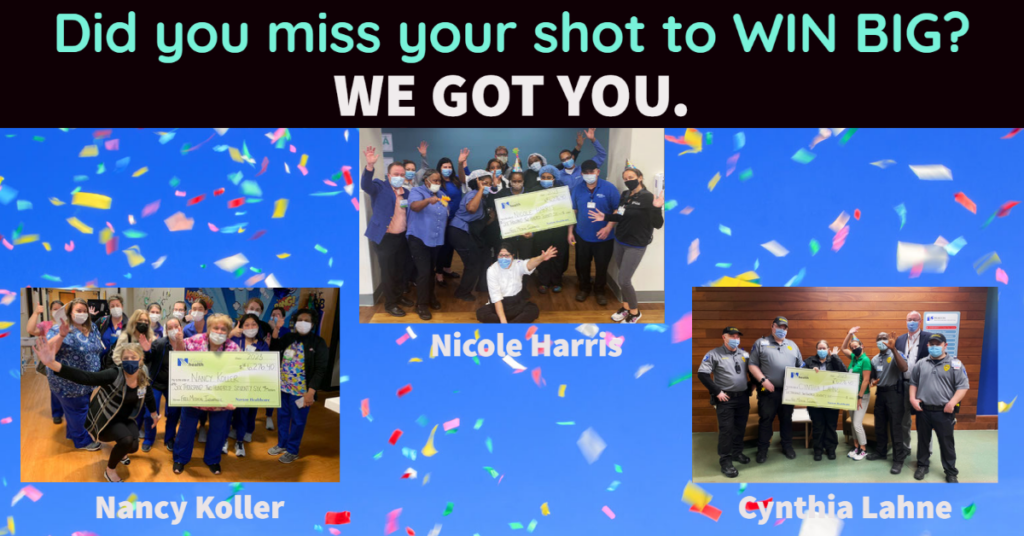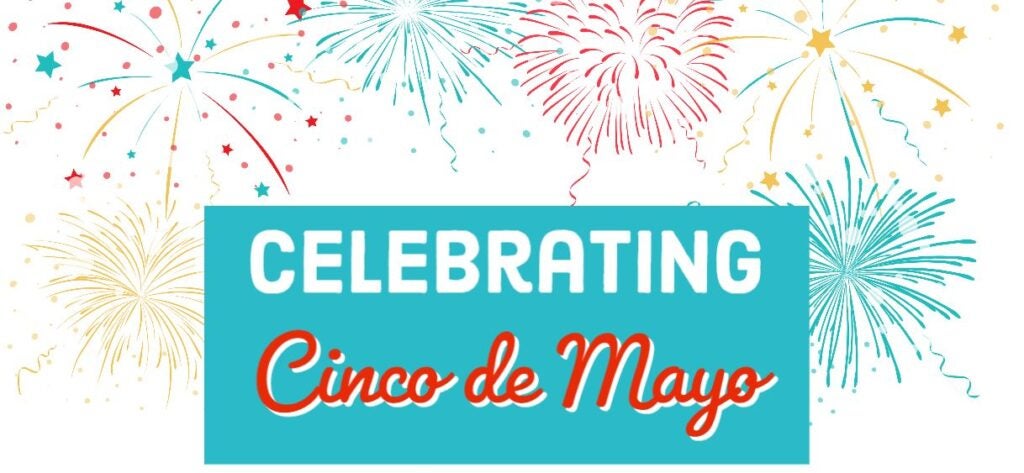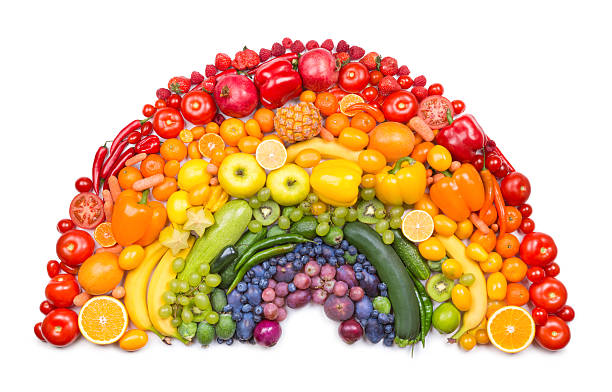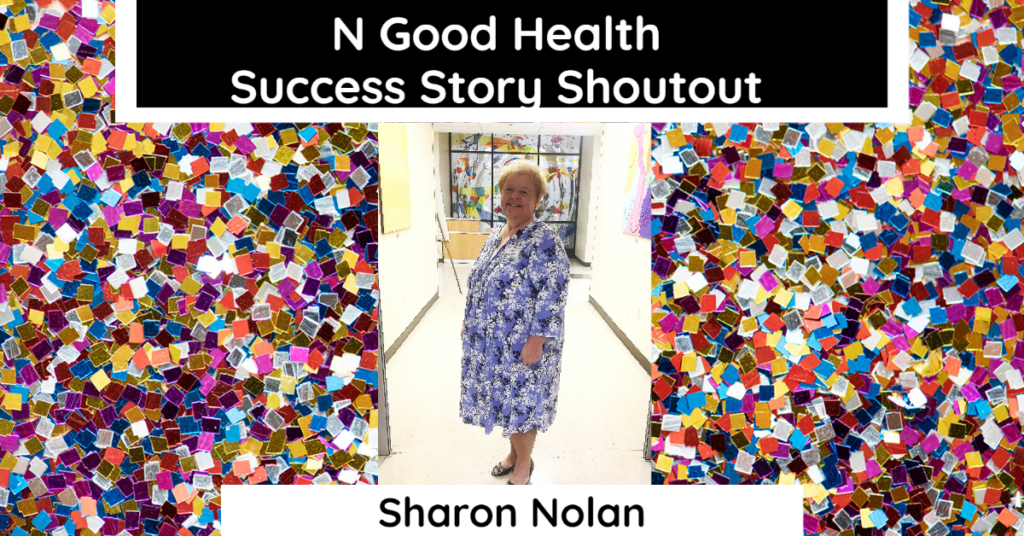
The adult human body is made up of about 60% water! Water is essential in keeping every system in the body functioning at peak performance and feeling strong. The U.S. National Academies of Sciences, Engineering, and Medicine determined that an adequate daily fluid intake is about 15.5 8oz cups of fluids a day for men and about 11.5 8oz cups of fluids a day for women. Staying hydrated is important any time of the year, but especially in the summer. So, whether you are playing sports, traveling, or spending time in the sun this summer remember these tips to stay hydrated.
- Water is the Best Choice! It doesn’t matter if it’s bottled or from the tap, water is the best drink to stay hydrated. If you want to make your water more appealing, try adding sliced fruit like, lemons, limes, or strawberries.
- Keep Other Beverage Options in Mind. In addition to water, many other drinks can help to keep you hydrated too! Some options include milk and milk alternatives, tea, sparkling water, and coconut water. While sports drinks, juices and other sweet beverages may be hydrating, they can also be high in calories and sugar. These are best enjoyed on an infrequent basis.
- Limit Soda, Juice Drinks, and Other Sugar-Sweetened Beverages. More than 35% of added sugar consumed in the United States comes from soft drinks. They also have little nutritional value and can add a significant amount of calories to the diet. It’s best that these choices are not consumed regularly and depended on for hydration.
- Eat your Way to Being Hydrated! Your food choices can help you reach your water intake goal. Many fruits and veggies contain a high water content that can help keep you refreshed! Choose foods liker cucumbers, celery, strawberries, zucchini and cauliflower to name a few.
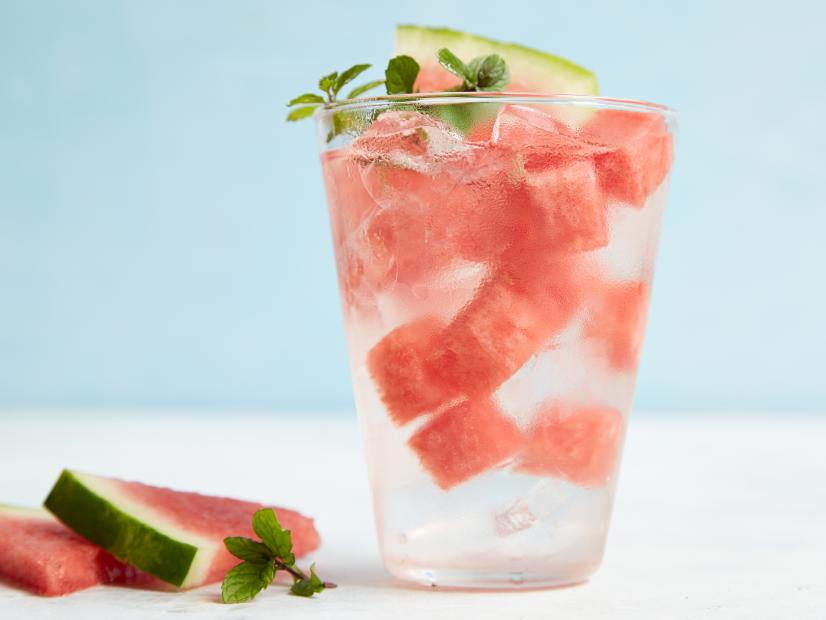
Watermelon Mint Water
Ingredients:
- 4 cups 1/2 inch-cubed watermelon
- 6 sprigs mint
- 2 quarters water
Directions:
- Add all ingredients into a pitcher and lightly muddle.
- Refrigerate 2 to 4 hours to allow the ingredients to infuse.
- Stir well and strain, discarding the solids.
- For serving, pour infused water over ice.
- Top with watermelon cubes and sprig of mint (optional).
The infused water will keep refrigerated for up to 2 days.
Source: https://www.foodnetwork.com



